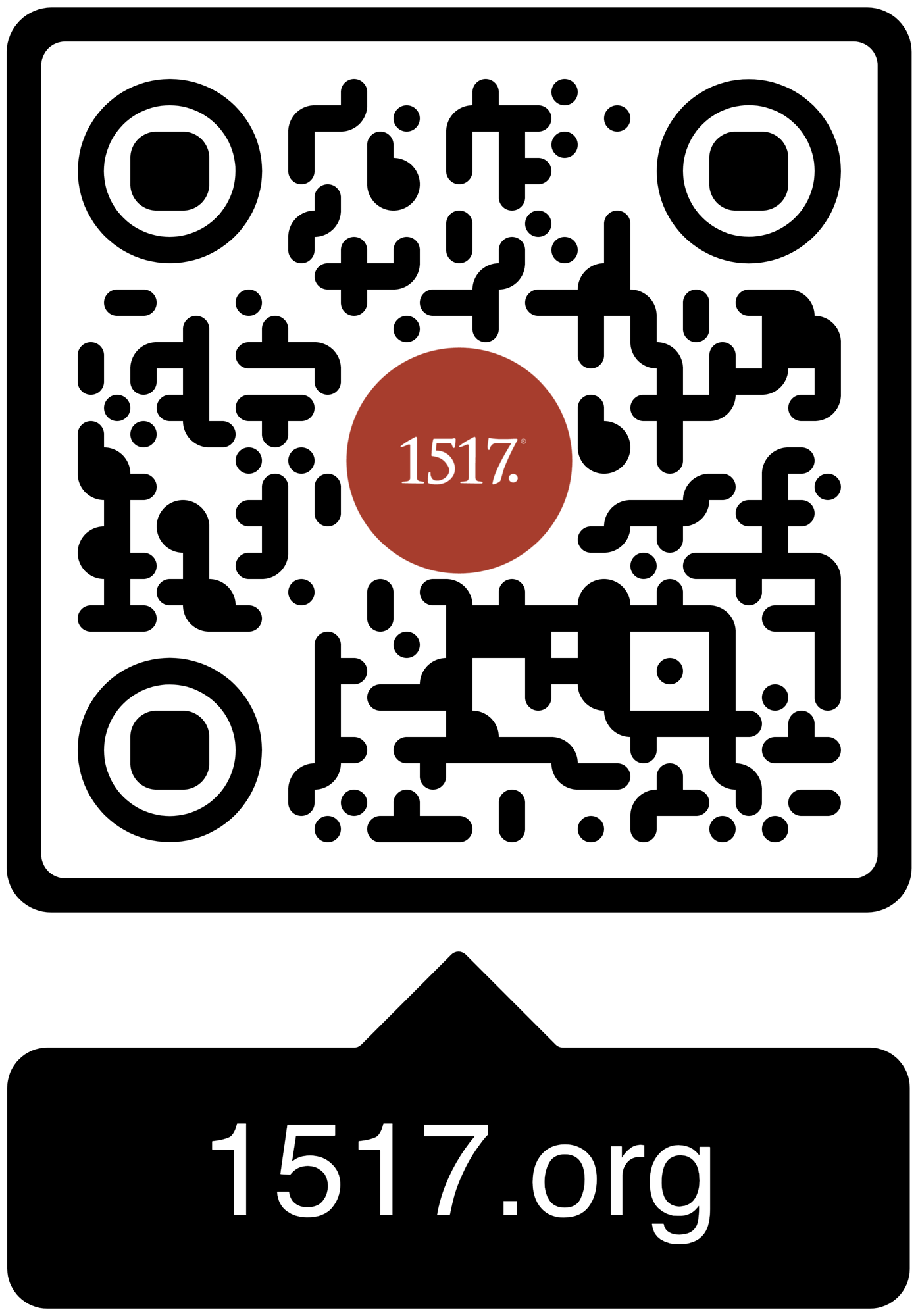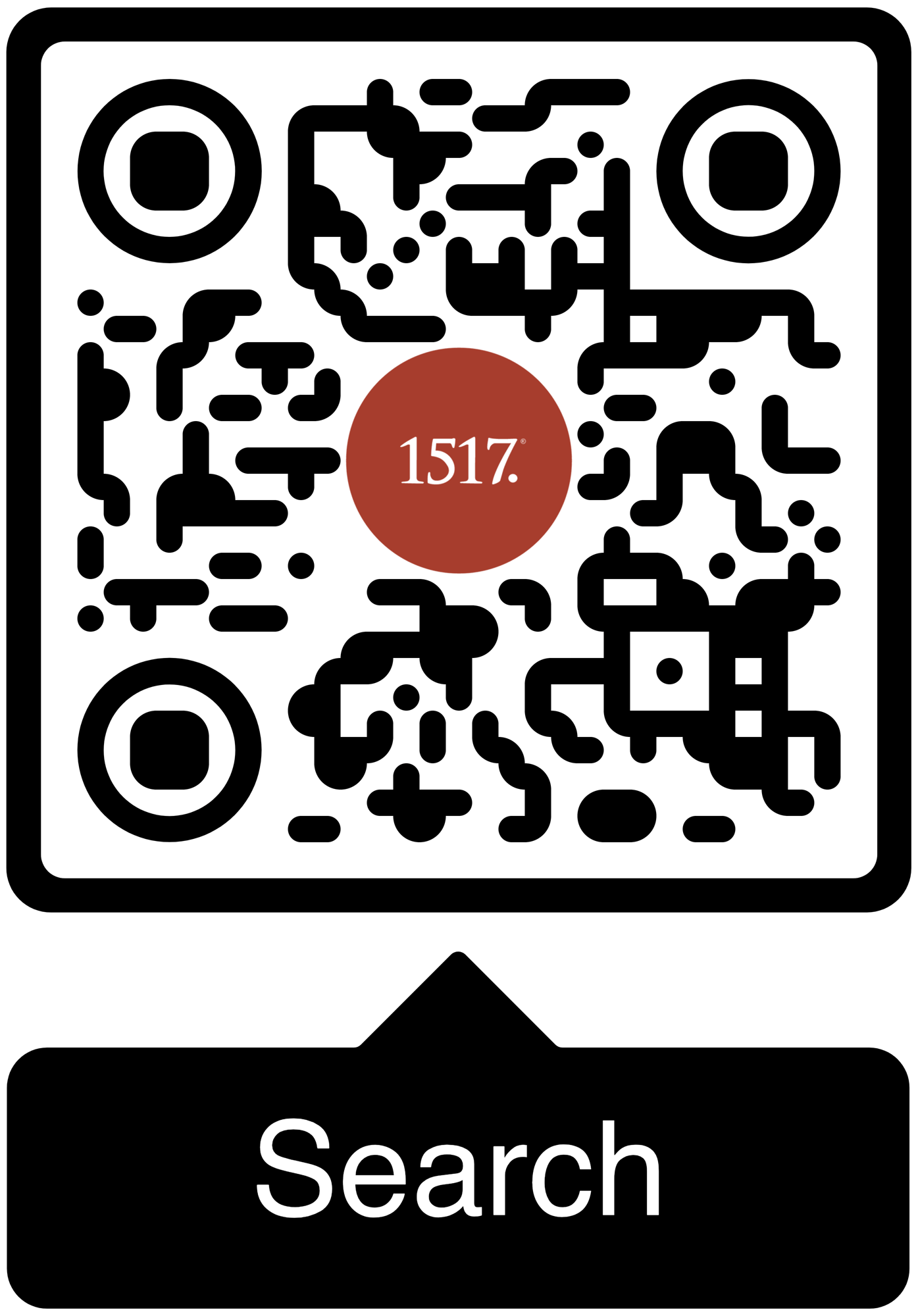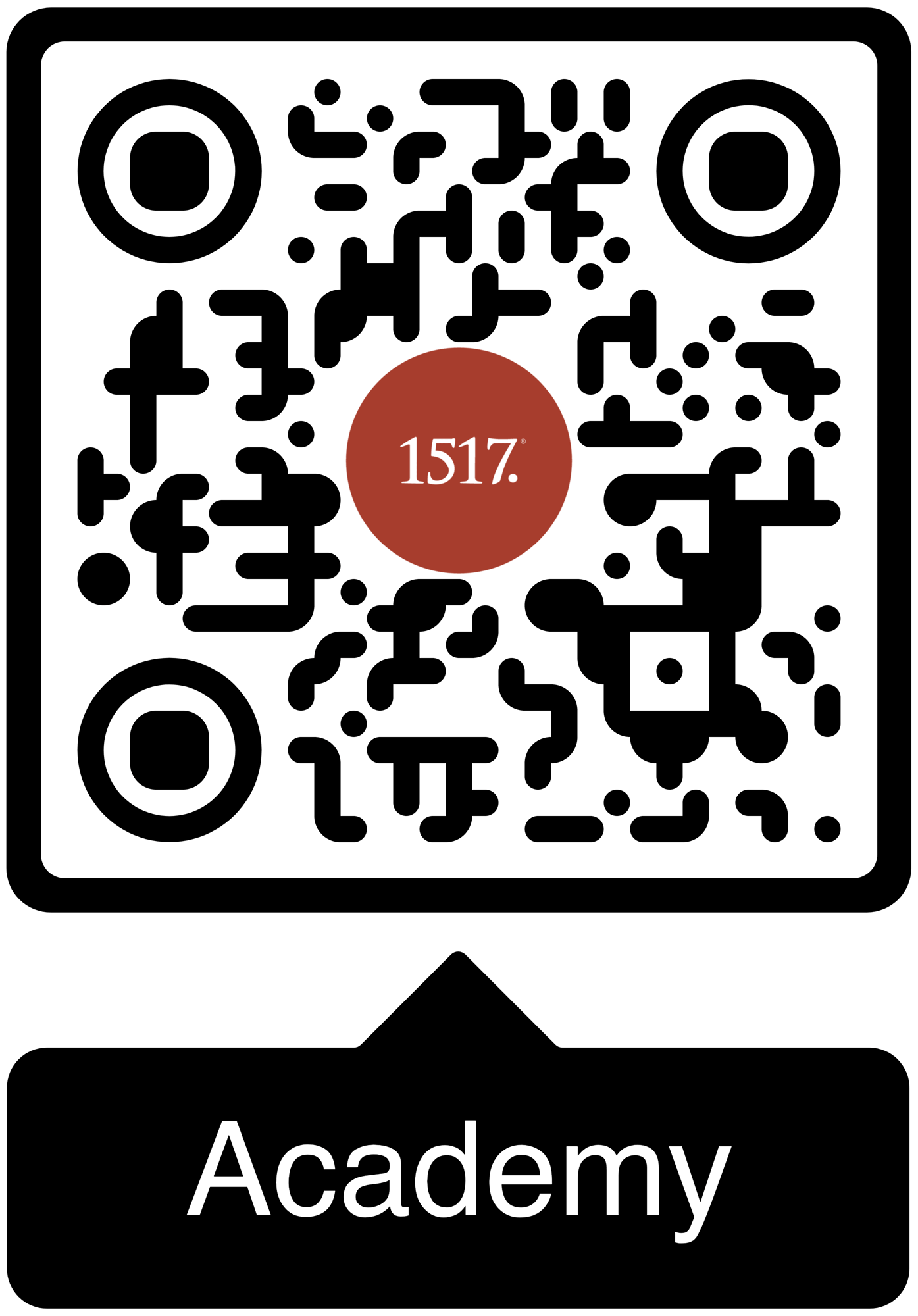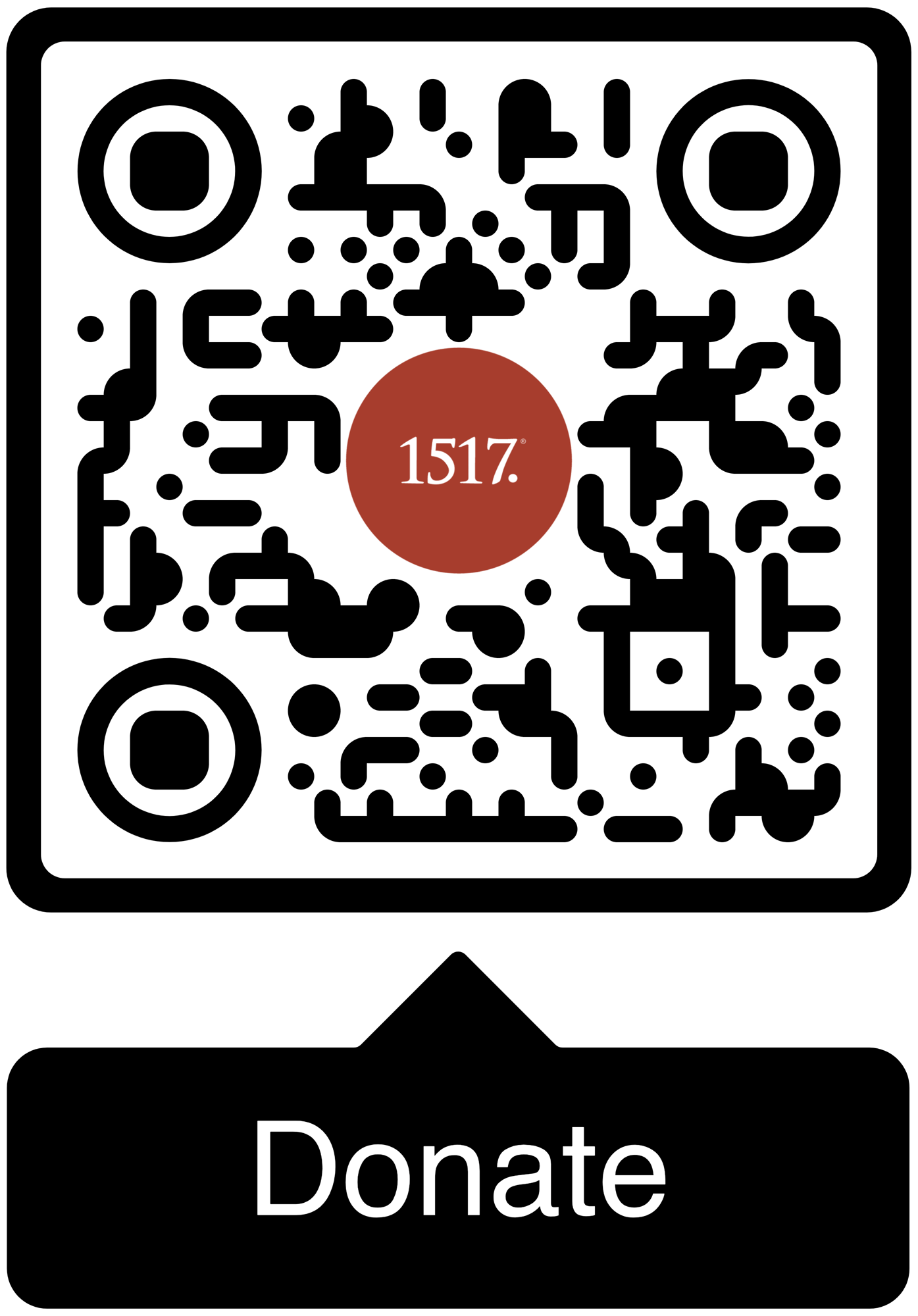Fideistic Christianity may look bold, but it is fragile.
10/02/25
He doesn’t consume us, even though that is what we deserve. Instead, Jesus comes down to us and consumes all our sin by taking it on himself.
10/01/25
This article is the first part of a two-part series. The second part will take a look at when pastors abuse their congregations.
All Articles
Author
- All Authors
- 1517 Guest Contributor
- 1517 Publishing
- 1517 Staff
- A. A. Just Jr.
- A.J. Vega
- Aaron Boerst
- Adam Francisco
- Adam Stetson
- Amy Mantravadi
- Andrew Foss
- Anthony DiLiberto
- Blake Flattley
- Bob Hiller
- Bob Sundquist
- Bonnie Petroschuk
- Brad Soenksen
- Bradley Gray
- Brandon Hanson
- Brandon Pangman
- Brennan Manning
- Brian W. Thomas
- Bror Erickson
- Bruce Hillman
- C.S. Lewis
- Caleb Keith
- Chad Bird
- Charles E. Fry
- Christopher J. Richmann
- Cindy Koch
- CJ Armstrong
- Craig Donofrio
- Dan Chrismer
- Dan van Voorhis
- Dan Weber
- Daniel Deen
- Daniel Emery Price
- Daniel Stenberg
- David Clay
- David Rufner
- David Schmitt
- Debi Winrich
- Delwyn Campbell
- Dominick Santore
- Donavon Riley
- Edward Killian
- Elyse Fitzpatrick
- Erick Sorensen
- Gage Jordan
- Gerhard Forde
- Grant Klembara
- Greg Koukl
- Gretchen Ronnevik
- Haroldo Camacho
- Hermann Sasse
- Jacob Corzine
- Jacob Smith
- Jake Allstaedt
- Jared C. Wilson
- Jason Lane
- Jason Lang
- Jason Oakland
- Jay Sawrie
- Jeff Mallinson
- Jeffrey Pulse
- Jenifer Mohan
- Jessica Delgado
- Jessica Thompson
- Jim Nestingen
- Joel Fitzpatrick
- Joel Hess
- Joey Goodall
- John Bombaro
- John Bortulin
- John Chrysostom
- John T. Pless
- John W. Hoyum
- John Warwick Montgomery
- Jonathan Ruehs
- Jordan Spina
- Joshua Miller
- Justin Rossow
- Karen Stenberg
- Kathy Morales
- Katie Koplin
- Kelsi Klembara
- Ken Sundet Jones
- Kerri Tom
- Kevin Hale
- Kevin McClain
- Kyle G. Jones
- Larry D. Hughes
- Laura Bauer
- Luke Kjolhaug
- Magnus Persson
- Mariah Coward
- Mark Jasa
- Mark Mattes
- Mark Pierson
- Martin Luther
- Matt Johnson
- Matt Kroelinger
- Matt Popovits
- Michael Berg
- Michael Gibney
- Nicholas Hopman
- Nicholas Kallis
- Norman Nagel
- Paul Dunk
- Paul Koch
- Pete Lange
- Peter Nafzger
- Philip Bartelt
- Preston Sprinkle
- Raleigh Sadler
- Rick Ritchie
- RJ Grunewald
- Robert Farrar Capon
- Robert Kolb
- Rod Rosenbladt
- Roland Ehlke
- Ron Hodel
- Ryan Couch
- Ryan Matthias
- Ryan Stevenson-Cosgrove
- Ryan Tinetti
- Sam Leanza Ortiz
- Sam P. Schuldheisz
- Sarah Crowder
- Scott Davis
- Scott Keith
- Scott Landrum
- Seth Moorman
- Steve Byrnes
- Steve Kruschel
- Steven A. Hein
- Steven Paulson
- StoryMakers NYC
- Tanner Olson
- Tate Barber
- Ted Rosenbladt
- Travis Scholl
- Tyler Cronkright
- Uwe Siemon-Netto
- Valerie Thur
- Wade Johnston
- Walter Hwang
- Wayne Sender
- Zack James Cole
10/13/19
The Church Militant is under constant attack by the world, our flesh and the evil one. How do we contend against such powers? They are too strong for us, but there is One who has and continues to fight in our place on our behalf.
10/13/19
I suggest preaching a sermon that directs attention away from the main characters. Instead, highlight for your hearers (and proclaim loudly and clearly) the promise of Jesus in this text.
10/10/19
Should we have more victories over our sin? Probably. But can we be honest and admit that we don't have as many as we'd like?
10/09/19
Good theology is the most practical thing you can have.
10/08/19
Jesus knows your name. Whether you’re a boy named Sue or a beggar named Lazarus, the God who named that forgotten man has not forgotten you.
10/07/19
Christ’s indwelling in the Christian must be tied relentlessly to these external and objective events of God’s own action.
10/07/19
In the story of Ruth there is a strong focus on faithfulness, but not just to Naomi and later Boaz, rather her faithfulness is directed toward the LORD God.
10/07/19
This text gives us only a glimpse, a preview, of God’s plan in Christ to restore his broken creation to its physical and social perfection.
10/01/19
The message of forgiveness of sins is and will always be what makes Church, Church.
09/30/19
Theology is not to simply adopt the positions and presuppositions of philosophy, nor should it reject philosophy.
09/30/19
Imagine what it would be like if, when people in our community thought about this congregation, the first thing that came to mind was how forgiving we are.
09/26/19
You are in a fight, but the victory is guaranteed because it is in the hands of the risen Chief Shepherd.
1517 is a Christian non-profit (501(c)3) multi-media organization. Our mission is to declare and defend the Good News that we are forgiven and free on account of the death and resurrection of Jesus alone.





1517 grants permission for our free online resources to be printed, photocopied, and otherwise used freely for private and church use. We require that authorship and source (1517.org) are referenced and maintained. These resources may not be sold or included in any publications for sale.


